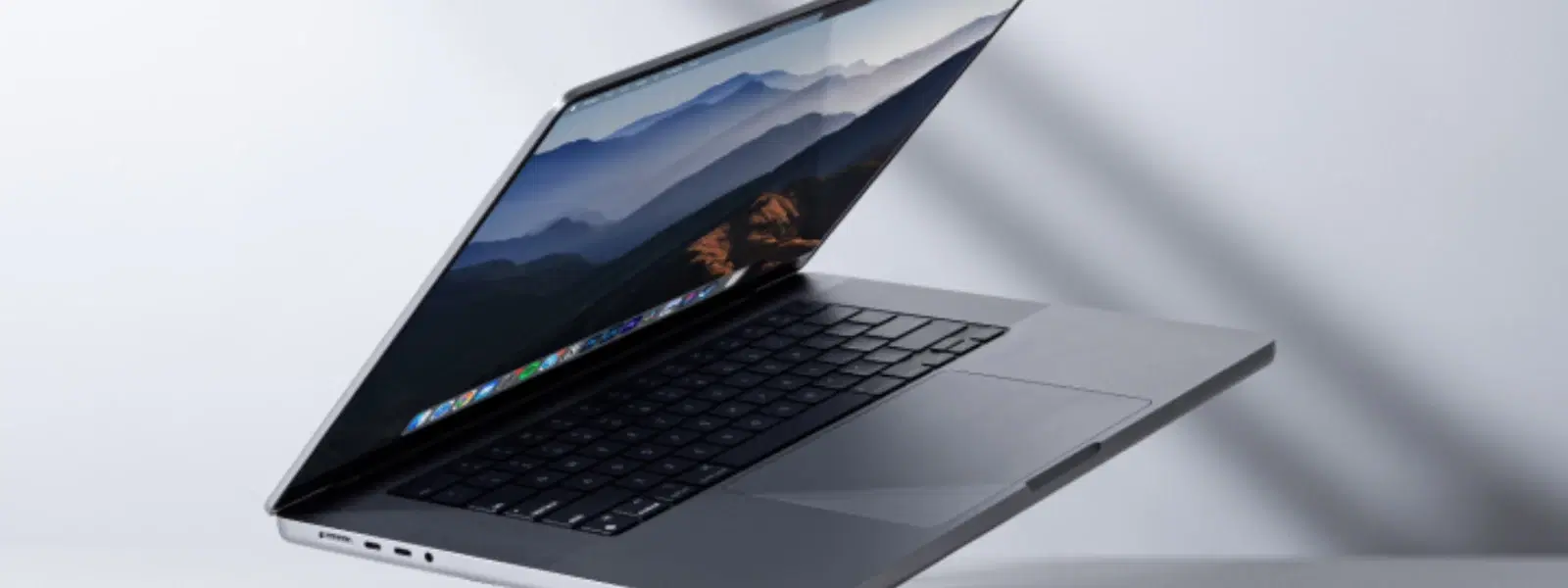
Consumer Electronics
•04 min read
Thinking of giving your MacBook a fresh start or preparing it for resale? Formatting a MacBook safely is a crucial step to ensure your data is protected and the device is ready for its next chapter. In this guide, we provide a step-by-step checklist on how to format Mac. By the end, you will know exactly how to back up, securely erase data, and reinstall macOS, ensuring your MacBook is perfectly prepared for future use.
Before you begin formatting your MacBook, backing up your data is essential. You do not want to lose important files such as photos, documents, and applications. Whether you use Time Machine, iCloud, or an external drive, a reliable backup guarantees that you can restore your data if needed.
Start by utilising Time Machine for a full, automated backup. You can also select key files to upload to iCloud or manually copy files to an external drive. This extra step ensures you have multiple copies of your data, making your transition smooth and secure.
Next, disable the Find My Mac feature and sign out of iCloud and your Apple ID. This step unlinks your personal account from the device, playing a vital role when you reset Mac to factory settings. It helps avoid any activation lock issues during the process.
Before formatting, disconnect any paired devices such as AirPods or keyboards via Bluetooth. Also, be sure to sign out of messaging apps like iMessage and FaceTime to prevent any future connection problems.
Deauthorising your MacBook from iTunes and other services is important to avoid licensing conflicts. Follow the deauthorising steps provided in the respective apps to ensure your account is fully disconnected from the device.
To erase your MacBook storage, access macOS Recovery Mode. For Intel-based Macs, restart your device and hold Command (⌘) + R. For Apple Silicon models, shut down your Mac, press and hold the power button until the startup options appear, then select 'Options'.
Once in Recovery Mode, open Disk Utility. Select your startup disk and choose to erase the disk. Be mindful of selecting the correct format – APFS is often used for newer Macs, while Mac OS Extended may be suitable for older systems. With these steps, you effectively erase Mac hard drive, readying your device for a fresh installation.
Did You Know? Protect Your Privacy Before Selling Your MacBook
Before selling or giving away your MacBook, it is essential to sign out of iCloud and erase all data securely. Leaving your Apple ID linked to the device could prevent the new owner from using it and expose your personal information.
For extra security, use features like 'Erase All Content and Settings' if available with macOS Monterey and later, ensuring you delete all data on Mac properly.
After wiping your MacBook storage, return to macOS Recovery Mode. Choose the option to reinstall macOS. If you simply wish to reinstall macOS without extra fuss, follow the on-screen instructions. However, if you want to start completely fresh, consider performing a clean install.
A clean install involves completely wiping the drive and then installing a fresh copy of macOS. If performance and stability are your prime concerns, this might be the preferred option. You can create a bootable USB installer to facilitate this process. This approach is recommended for those preparing Mac for resale or those looking to run a streamlined operating system.
Once the installation is complete, verify that macOS is functioning correctly. Make sure that all system features are operating as expected and that there are no remnants of your personal data.
If you are planning to sell your device, perform a factory reset ensuring that the Mac is restored to its original settings. This means no personal data remains and the device is ready for its new owner.
As a last step, consider taking photos or videos of your MacBook following the formatting process. Documenting the condition and functionality can be useful for personal records or for presenting to prospective buyers.
While you are taking steps to ensure your tech remains top-notch, remember that smart shopping is also about enjoying benefits. On Tata Neu, you earn NeuCoins with every transaction, which means extra rewards on your purchases. With smooth and reliable support, Tata Neu is your go-to for all tech needs, ensuring you shop smartly with convenience.
If you have forgotten your password, boot into macOS Recovery Mode and use Disk Utility to erase the hard drive. You may need your Apple ID credentials to bypass Activation Lock.
A clean install wipes the hard drive completely before installing macOS, while reinstalling macOS keeps your existing data intact.
Yes, the process for formatting a MacBook is similar for the MacBook Air 2015, though ensure you have a compatible macOS installer for older hardware.
Shut down your Mac, then press and hold the power button until startup options appear. Select 'Options' and click 'Continue' to launch Recovery Mode.
Yes, disabling Find My Mac and signing out of iCloud is essential to prevent Activation Lock issues after formatting.
Formatting your MacBook safely is a methodical process that protects your data while preparing your device for a new beginning. With this checklist, you have learned how to backup essential data, unlink accounts, erase your Mac hard drive and perform a clean install macOS or a reinstall macOS. Whether you aim to reset Mac to factory settings for resale or enhance performance, these steps ensure your MacBook is secure and ready for future use. Enjoy the journey of smart, secure tech management and remember the added benefits of earning NeuCoins on Tata Neu, making every transaction a rewarding experience.